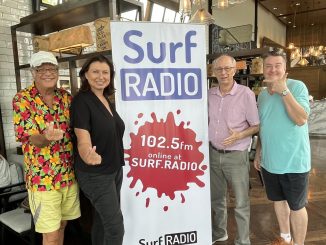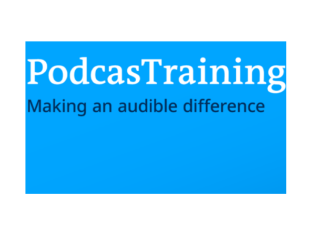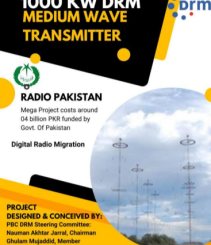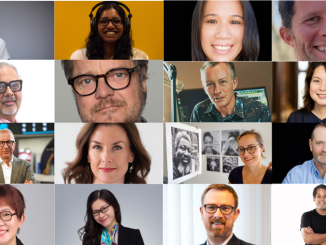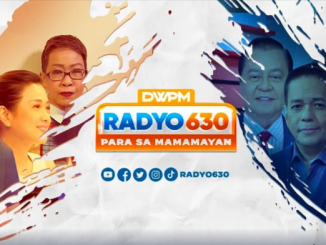The draft Programme for Radiodays Asia 2023, to be held on September 5 and 6 in Kuala Lumpur, has been announced.On Monday, September 4, there will be a Podcast Design Workshop with DW Akademie and Public Media Alliance.Day 1 on Tuesday, September 5, will start with Opening keynotes and welcoming addresses from radio executives from India, Malaysia and Australia.
Track 1 will feature these sessions in the morning:
The Future of Radio: Transition, evolution and transformation by Kenny Ong, CEO of Astro Radio, Malaysia.
How AI is transforming radio’s entire value by Christian Schalt, Chief Digital Officer at RTL, Germany.
Creating powerful radio – and beyond, a keynote session with Valerie Geller, international radio coach and author from the USA, on how be a great communicator in radio and podcasting.
The power of disruption, a case study which involves hiring an ex-minister for a radio breakfast show after his termination from politics, an unexpected and unique move, with Nazri Noran, CEO of Media Prima, Malaysia.
Radio Plus: Increase revenue by focusing on outcomes instead of output with CEO of BigFM, India, Abe Thomas.
Interactive Car Dashboards & New Revenue Streams with Philippe Generali, CEO of RCS.
Afternoon sessions for Track 1 include:
CADA – Building a new multi-platform audio brand for youth with Emily Copeland
360 – Next generation measurement data with Deb Hishon, Media Measurement Director, ANZ at GfK
The AI challenge – From Mumbai to Beijing
The AI Advantage – how to leverage AI technology for ratings & revenue with Paul Kaye Rogers, Canada & Francis Currie, UK
Radioplayer – driving Asian radio into the future with Yann Legarson, CEO, Radioplayer, France.
Rapid response podcast
The Gen Z challenge
Track 2 will begin in the afternoon and feature these sessions:
Cool tools for your radio station from the podcast world with James Cridland, radio futurologist and editor of Podnews.
Conversations with Richard Fidler with Steve Ahern, ABC Sydney.
The mysterious audio world of Japan with Guy Perryman, producer and presenter at Inter FM in Tokyo.
Visual Audio with David Hua, SBS, Australia.
Malaysia: What is driving audiences to radio? with June Pang, head of the Malaysia media measurement of GfK,
Low cost DAB with Jaqueline Bierhorst, Digital Radio NL and Nick Piggott, Radiateideas, UK
The power of local radio featuring speakers from Malaysia and Australia.
On Day 2, Wednesday, September 6, Podcast Day Asia will be Track 2, and Track 1 will have the following sessions:
What can we learn from radio’s success in Australia? with Paul Amos, Xtra insights
Music vs Speech: What’s the perfect mix? A panel discussion with Guy Dobson and others.
Audio discovery in car
Audio apps and innovative digital platforms
Successful radio innovations in Asia
How to unlock your leadership with Pascal Grierson, UK and Kenny Ong, Astro, Malaysia.
Radio: Where are your women? with Andrea Ho, from AFTRS, Australia
Journalism: Covering the Uncovered
What’s next in AI? How will radio and broadcast change?
25 ideas in 25 minutes
Podcast Day Asia in Track 2 all day will have these sessions:
The last 12 months in podcasting – and were we go next with James Cridland, Editor of Podnews
Same but different – Podcasts across Asia with Guang Jin Yeo, Singapore
Asian podcast listening habits with Timi Siytangco, Acast, Singapore
Common mistakes podcasters make within their first 5 years with Norma Jean Belenky, Podbean.
USA: Telling a compelling story with Gregory Warner, USA, host of the NPR podcast Rough Translation.
Podcast monetisation – how to make money with Kym Treasure, Raven Lim and Timi Siytangco.
The fight for ears: New listening data highlights the pivot on podcast with Kellie Riordan, Deadset Studios, Australia, will unpack new exclusive Australian research on habits, preferences, and profiles.
Showcase: Podcast India
Podcasting is not just audio anymore with Mae Miryam Thomas, India, and others.
KJ – A Malaysian pod success with Khairy Jamaluddin
The best of the best podcasts – Asian success shows
What’s Next for Podcasting
Register for Radiodays Asia 2023 here. […]
